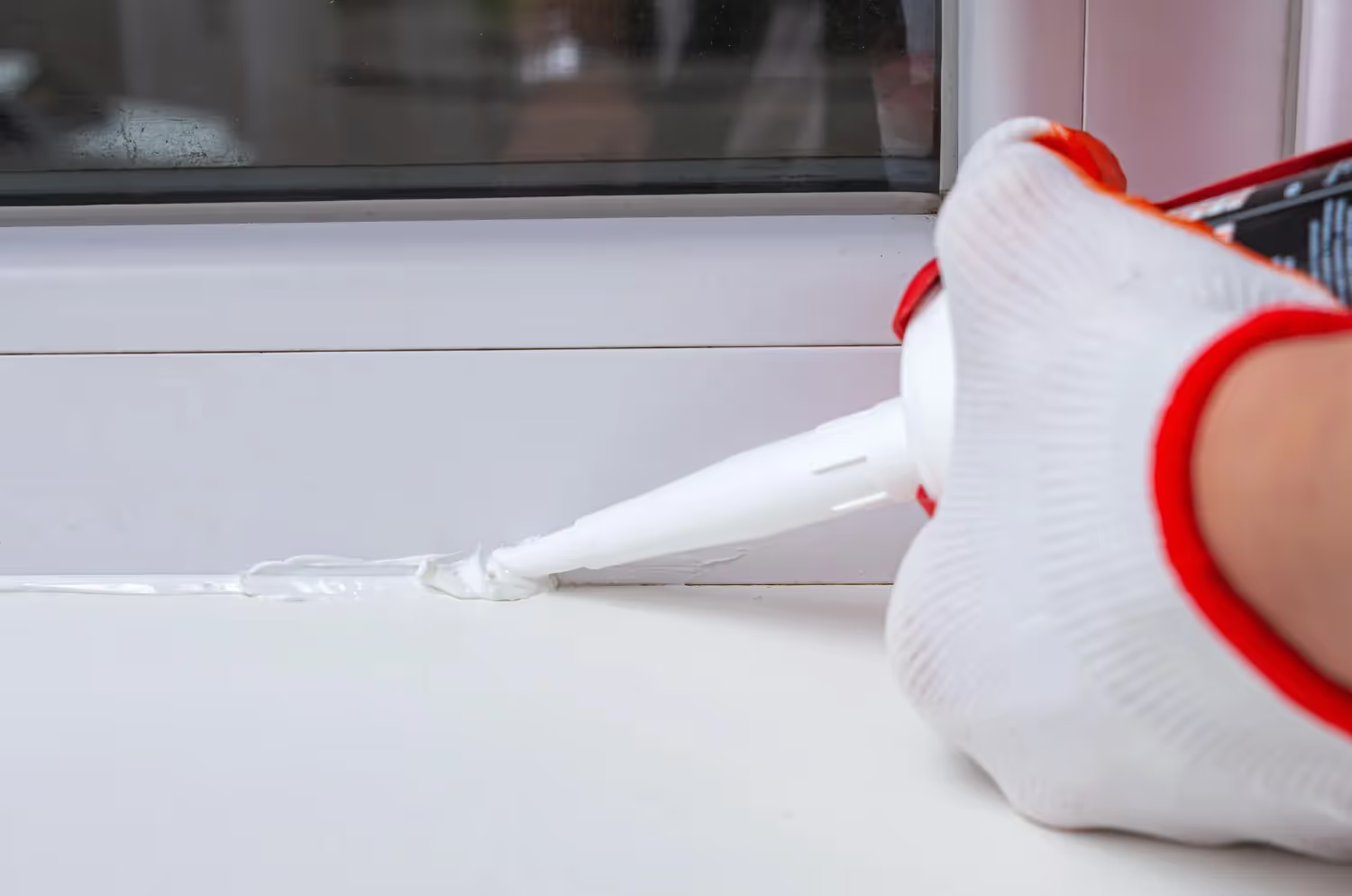

Window Leak Repair in Granville, TX
Fix drafts fast with window leak repair in Granville, TX from Spot On Pest Control, LLC. Improve comfort today. Call now for expert trusted service.

Window Leak Repair in Granville, TX
Window leaks are one of the most common causes of hidden moisture damage in Granville, TX homes. With hot, humid summers and occasional heavy storms, failed seals, damaged flashing, and deteriorating frames can quickly lead to mold, wood rot, higher energy bills, and compromised indoor comfort. This page explains how leak sources are diagnosed, the repair techniques used, realistic timelines, energy and moisture-prevention benefits, warranty considerations, and what factors affect cost so you can make an informed decision.
Why Window Leaks Matter in Granville, TX
- High humidity and summer storms accelerate seal failure and promote mold growth behind window assemblies.
- UV exposure and temperature swings can dry and crack exterior caulking and sealants.
- Even small leaks compromise insulation and let conditioned air escape, increasing cooling loads during long, hot Texas summers.
Understanding the root cause of a leak is the first step toward a durable repair that protects your home and reduces long-term expenses.

Common Window Leak Sources in Granville Homes
- Failed exterior caulking or sealant: Cracks or gaps at the frame-to-cladding joint.
- Improper or damaged flashing: Missing or incorrectly installed flashing at the window head, sill, or jambs.
- Sill pan failure or obstruction: Blocked weep holes or a damaged sill pan that prevents proper drainage.
- Rotting or warped frames: Especially common on wood windows exposed to prolonged moisture.
- Glass seal failure (IGU failure): Fogging or condensation between panes that allows water infiltration around the glazing bead.
- Penetrations and siding gaps: Gaps where siding, brick, or stucco meet the window frame.
- Interior condensation and HVAC issues: Elevated indoor humidity can mimic leak symptoms and mask the true cause.
How Leaks Are Diagnosed (Step-by-Step)
- Visual inspection: Check exterior caulking, flashing, cladding interfaces, sill condition, and interior trim for staining or soft spots.
- Interior moisture mapping: Identify patterns of discoloration, peeling paint, or warped trim to trace where water first appears.
- Water test: Controlled hose testing around the window while observers watch the interior pinpoints the entry point.
- Check drainage features: Inspect weep holes, sill pan slope, and cladding overlaps for proper drainage.
- Thermal imaging and moisture meters: Non-invasive tools detect hidden dampness and temperature differences behind walls.
- Follow-up verification: After repair, a repeat water test confirms the leak is resolved.
These diagnostic steps reduce guesswork and direct repairs to the actual failure point rather than masking symptoms.
Common Repair Techniques Explained
- Re-caulking and sealant replacement: Remove failed caulk and apply high-quality exterior sealant matched to the material. Best for gaps at frame-to-cladding joints and perimeter seals.
- Flashing repair or replacement: Install or correct head, sill, and jamb flashing—often using flexible flashing tape or metal flashing to create a continuous drainage plane.
- Sill pan installation or repair: Add or replace a sill pan to ensure water drains away from the interior and out through weep holes.
- Frame repair and partial replacement: For rot or structural damage, splicing in new frame sections or replacing the frame may be required. Wood consolidation and epoxy repairs can work for localized rot.
- Reglazing and gasket replacement: Replace failed glazing beads, gaskets, or the insulated glass unit when seals have failed or glass is fogged.
- Weatherstripping and hardware adjustment: Improve seal compression and remove drafts by replacing worn weatherstripping and adjusting sash hardware.
- Cladding or siding repairs: Repair adjacent siding, stucco, or brickwork that contributes to the leak path.
Each method is chosen to address the diagnosed cause; correct flashing and drainage fixes tend to provide the longest-term protection.
Expected Repair Timelines
- Minor resealing or weatherstripping: A few hours to half a day.
- Flashing repair or sill pan work: Typically 1 to 2 days, depending on access and extent of siding removal.
- Partial frame repair or reglazing: 1 to 3 days depending on drying time and materials availability.
- Full frame/window replacement: 1 to several days per window; complex structural repairs may extend the schedule.
Weather conditions, interior finishing work, and permitting (if structural repairs are involved) can affect timelines. Proper drying time after repairs is essential to avoid trapping moisture.
Energy-Saving and Moisture-Prevention Benefits
- Reduced drafts and improved insulation performance: Lowers cooling costs during Granville’s long, hot summers.
- Elimination of moisture intrusion: Prevents mold growth, preserves indoor air quality, and protects finishes and framing.
- Restored drainage and flashing: Reduces recurring maintenance needs and extends the service life of the window assembly.
- Improved comfort and fewer HVAC cycles: Sealed windows protect equipment and lower utility consumption.
Spot On Pest Control, LLC. emphasizes the importance of addressing leaks promptly to reduce repair escalation costs and improve year-round comfort.
Warranty and Quality Expectations
- Workmanship warranty: Repairs are backed by a workmanship warranty that covers labor for a defined period. Typical terms vary; always review the written warranty scope and duration.
- Material warranties: Sealants, flashing tape, glazing units, and replacement frames often carry manufacturer warranties. These can range from limited multi-year coverage to longer-term guarantees depending on the product.
- Documentation: A clear, written scope of work and warranty statement help ensure expectations are met and simplify future claims if issues recur.
- Maintenance requirements: Some warranties require routine maintenance, such as periodic sealant inspections and clearing of weep holes, to remain valid.
Knowing what is covered—labor versus materials—and the required maintenance helps protect your investment.
Typical Cost Factors (What Influences Price)
- Extent of damage: Surface caulk vs. structural rot.
- Window size, type, and frame material: Wood, vinyl, aluminum.
- Accessibility: May require removal of siding or interior trim.
- Glazing units or hardware: If replacements are required.
- Local labor rates and material availability.
- Structural or interior finish repairs: If needed after moisture mitigation.
Minor repairs are often brief and less costly, while full frame replacements and structural corrections are the most expensive. A targeted diagnostic step reduces unnecessary expense by ensuring repairs are appropriate to the problem.
Practical Maintenance Tips to Prevent Future Leaks
- Inspect exterior caulk and flashing annually: Especially after storm seasons.
- Keep weep holes and sill drainage clear: Prevent clogs from debris.
- Maintain paint or protective finishes: On wood frames to reduce water absorption.
- Monitor indoor humidity: Use ventilation or dehumidification during humid months.
- Avoid moisture traps: Keep landscaping and overlapping trim clear of window exteriors.
Regular inspection and small fixes prevent larger, costlier repairs and preserve warranty coverage. Spot On Pest Control, LLC. recommends seasonal maintenance to help extend the life of your windows.
Why Choose Spot On Pest Control, LLC.?
Homeowners in Granville, TX trust Spot On Pest Control, LLC. for reliable window leak repair because of:
- Local Expertise: We understand the unique weather challenges in Texas and tailor our repairs accordingly.
- Comprehensive Service: From inspections to full frame replacements, every step is handled professionally.
- Proven Track Record: Our workmanship warranty and customer-focused service ensure peace of mind.
- Energy and Comfort Benefits: Repairs reduce utility bills and protect indoor air quality.
Get Started Today
Don’t wait for small leaks to become costly repairs. Spot On Pest Control, LLC. provides expert window leak repair in Granville, TX, with reliable solutions tailored to your home. Learn more about our financing, explore our maintenance plan options, or read our about us page to see why homeowners continue to choose us.
Our Services
Our pest control services cover ants, termites, bed bugs, rodents, mosquitoes, and other common pests, with customized solutions for both residential and commercial properties.
.png)






